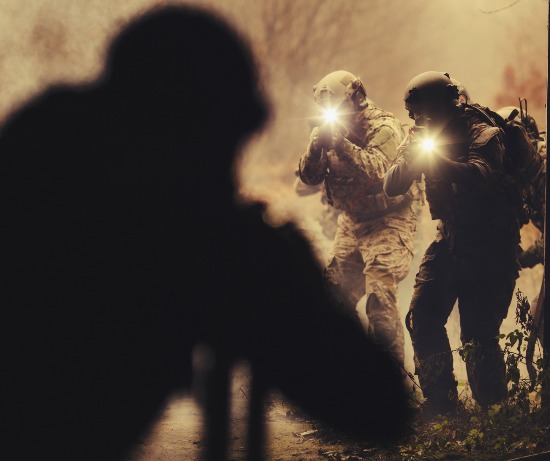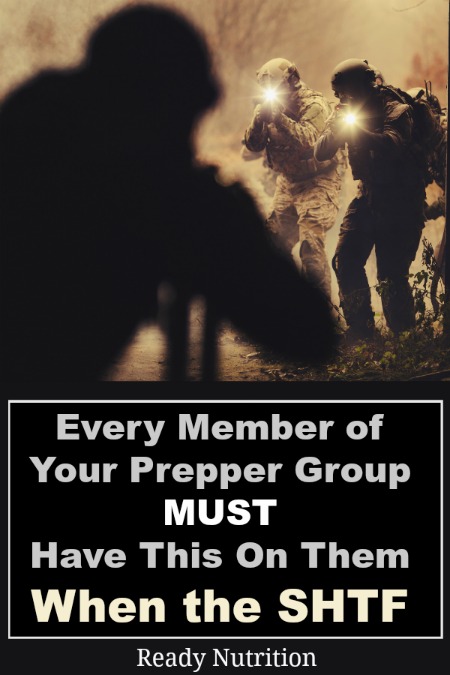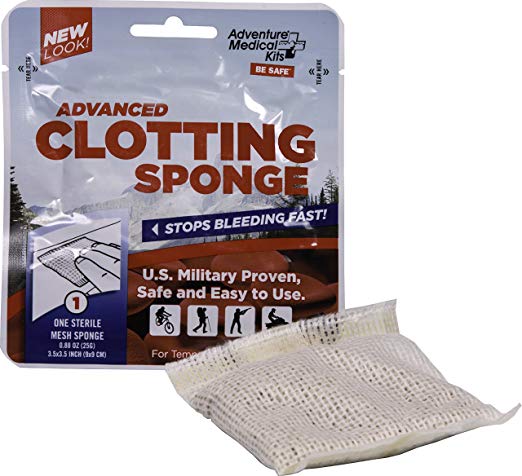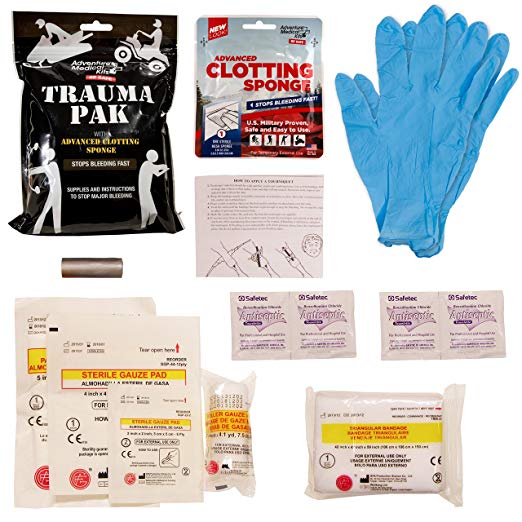
In a related article, we discussed the importance of prepping trauma packs in detail:
“Having these items pre-packaged cuts down on response time, and gives the responders more of an advantage in properly caring for the wounded…
Medical first response packs can be made ahead of time using most of the medical products that you have on hand. In fact, these first response packs are not limited to medical emergencies, they can also be used for dental emergencies as well. To prepare for a SHTF scenario, it would be beneficial to take into account the most likely medical situations you may come in contact with and plan accordingly.
In the meantime, you can stock up on some supplies that will help you and perhaps “fill in the gaps” when you don’t have the time to train. As I’ve covered the topic extensively, this is not the scope of this article. You’ve all heard of “quick clot,” the substance used to stop bleeding and aid you in bandaging up wounds. We just put out an article on Yarrow, an herb that stops bleeding and aids in clotting. Let’s go a step further with a couple of kits to recommend.
These two products are put out by the Tendy Corporation. The first is a QuickClot advanced Clotting Sponge that will run you about $13.00 for deep wounds and lacerations. You apply it to the wound and either wrap it with a bandage or affix it with a cloth (field-expedient method), such as a “drive-on rag,” or cravat. It’s a “one-shot Willie,” meaning you use it once and then dispose of it. Be advised: it’s not a substitute for a good pressure dressing, but it’ll give you an edge where you need it with a severe or deep laceration.
The second item is the Trauma Pak, and this is a sturdy pouch with the following in it: 25 grams of QuickClot, a 5” x 9” trauma pad (dressing), one pair of gloves, a hand-cleaner pad, a 2” x 26” section of duct tape (without duct tape the world would come apart!), (4) Sterile dressings, some 3” gauze, and antiseptic wipes. The bag can be re-sealed if you need it. A perk to having this kit is it has a small booklet on First-Aid ABC’s and instructions on how to render first aid on life-threatening injuries such as a sucking chest wound.
This last: the instructions, could very well make the difference for those who are not well-trained in first aid and need some guidance in a hurry. The whole pack can fit easily inside a cargo pocket, as it’s only about 6” square, and about an inch and a half in thickness. This pack will run you about $20, made by the same company as the clotting sponge.
Throwing the Trauma Pak in the glove compartment of your vehicle or in an exterior pocket of your bug-out-bag could prove invaluable should the need arise. Both are inexpensive and will pay for themselves the first time you use them. As mentioned earlier, they are no substitute for sound training or for being able to improvise when the need arises, however, they can give you an edge and are valuable to add to your preps at home or on the go. Prevention beforehand usually carries you through the tough times, and these items may help you out in a pinch. JJ out!

This article was originally published at Ready Nutrition™ on July 16th, 2018









And a decent handgun and plenty of ammo bks when SHTF the gvt will have to release the 2.3 million prisoners and they outnumber LEOs 5-1 (on a good day) and…will be comming for folks
Amen to that recommendation. We keep a Quick-Clot sponge and Israeli Battle Dressing Bandage in each vehicle and in our range bag.
This article was written by a Logical prepper. Not a dooms day one. A dooms day one expects no one to share and work with others.
one of the largest prepping groups in America is the Mormon Church. They believe each family should have a one year emergency food supply. In case of a flood;hurricane, or a 6 month job lay off. Maybe if we helped one another; this country would not be as messed up as it is .